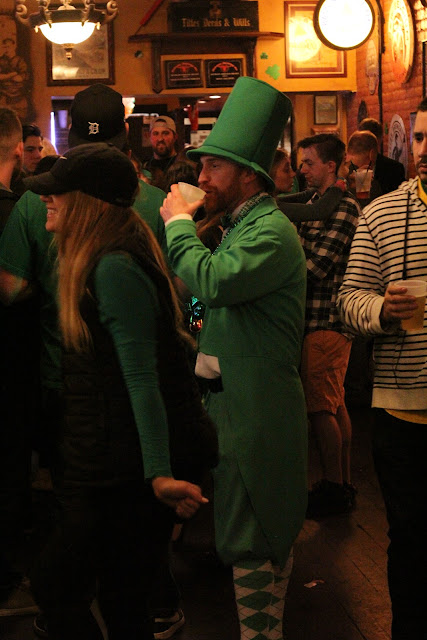What makes a photo worthy of being considered feature photography?
The most important aspect of feature photography is the hunt. This drive to seek out the perfect shot of an unplanned moment has become so ingrained within photojournalism. A perfect feature photo can never be planned, but must be found when the chance presents itself. This kind of photograph can stand alone and doesn’t need any further explanation, there is no need for words. Any person can look at this photo and appreciate it for the single image being presented alone.
Feature photography can be a difficult thing for many photographers to master. The reasoning behind it is searching for feature shots requires photojournalists to be on their toes at all times, and always ready for a shot when an opportunity present itself. Trying to capture a gripping scene in order to encapsulate a moment in time can put the photographer in uncomfortable situations; sometimes endangering the photojournalist by placing them in the midst of chaos and tragedy.
For obvious reasons, the best feature photography captures a dramatic or pivotal moment within time to seize a brief moment in time for future recollection. These kinds of photographs should always invoke a reaction from the viewer and cause them to experience an emotion relating to that event. This is why there is little use for words with feature photography. The single photo or sometimes a handful of photographs can tell an entire story to audience capturing the essence of the moment.
Many photographs that are considered feature photojournalism pertain to an important event in history. These kinds of photographs usually end up being displayed in magazines or books; if they’re extremely noteworthy, such as the photo of U.S. Marines and a Navy sailor raising an American flag over Iwo Jima during WWII, end up in museums persevered for future generations to see.
1. NEVER plan a feature photo—It destroy the purpose of capturing a moment
2. Don’t force it—The best feature photos are a result of a trained photographer anticipating a moment and being ready to capture the results
3. Feature photojournalist requires a great deal of patience and awareness of the surroundings
4. Photojournalists seeking a feature photo must understand that one photograph can be enough to capture an specific moment in time
A little something about my event coverage experience
I attended the Digital Panel hosted by Wayne State's PRSSA on Thursday, March 10th, 2016. My communication and social marketing class was attending the event instead of having the usual lecture for the night (it was a win-win for me). I figured that it would easy event coverage for the portion of the feature assignment, but I did run into some minor hiccups as the event proceeded. All of the speakers at this event are respected in PR field and each individual offered helpful tips and recommendations to the future PR professionals in the audience.
Instead, I accepted that I didn't know how to properly photograph both the speaker and the presentation on the screen. I focused on photos of the audience and the PR professional speakers for the rest of the evening.





No comments:
Post a Comment